
How to Successfully Maintain Your Aquaponics System for Optimal Growth
The aquaponics system, a synergistic integration of aquaculture and hydroponics, has gained considerable attention as a sustainable solution to meet the growing global food demand. According to a recent report by the Food and Agriculture Organization (FAO), aquaponics can produce up to 100 times more food per square foot compared to traditional farming methods, with significantly lower water usage—about 90% less. This innovative approach not only addresses issues of food security but also promotes environmental sustainability by recycling nutrients between fish and plants.
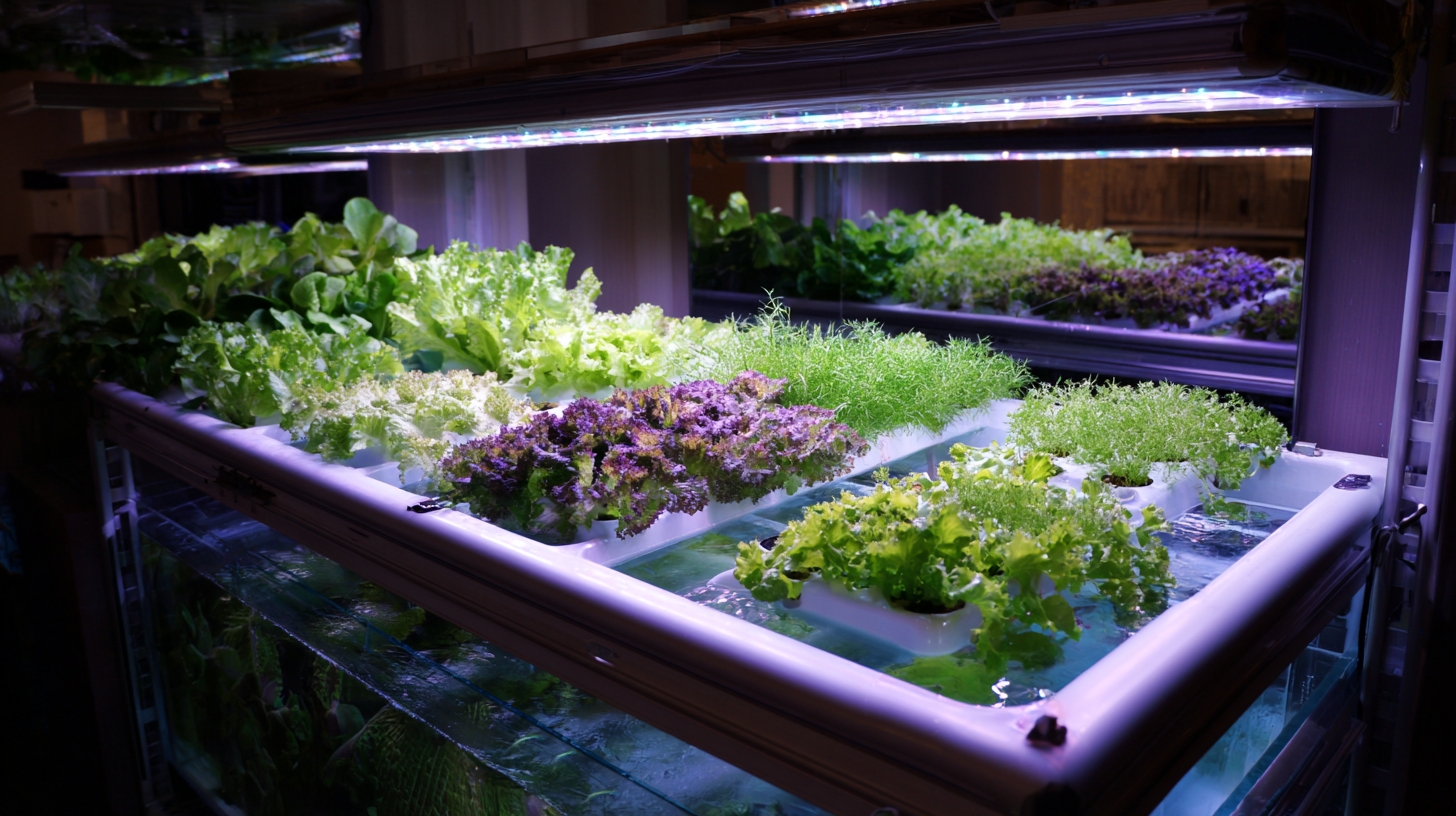
However, maintaining an aquaponics system for optimal growth requires a solid understanding of its intricate balance. In this blog, we will explore essential practices and tips to successfully manage your aquaponics system, ensuring that you harness its full potential for a thriving ecosystem.
Key Components for a Thriving Aquaponics System
To achieve a thriving aquaponics system, it's essential to focus on key components that ensure optimal growth for both plants and fish. One of the most critical elements is maintaining water quality. Regularly test parameters such as pH, ammonia, nitrites, and nitrates to create a balanced environment for aquatic life. Ideal pH levels should range between 6.8 to 7.5, which promotes healthy fish and plant growth.
Another vital component is the system's design, including the choice of grow beds and fish tanks. Utilizing a combination of media-based and deep water culture systems can enhance nutrient circulation and improve plant access to oxygen. When selecting fish, consider species that grow well together and are suited to your local climate.
Tip: Regularly monitor plant health for signs of nutrient deficiencies, such as yellowing leaves or stunted growth, and address these issues promptly. Additionally, maintaining a consistent feeding schedule for your fish not only ensures they are healthy but also helps in producing the necessary nutrients for your plants. By paying attention to these key components, you can create a sustainable and productive aquaponics system.
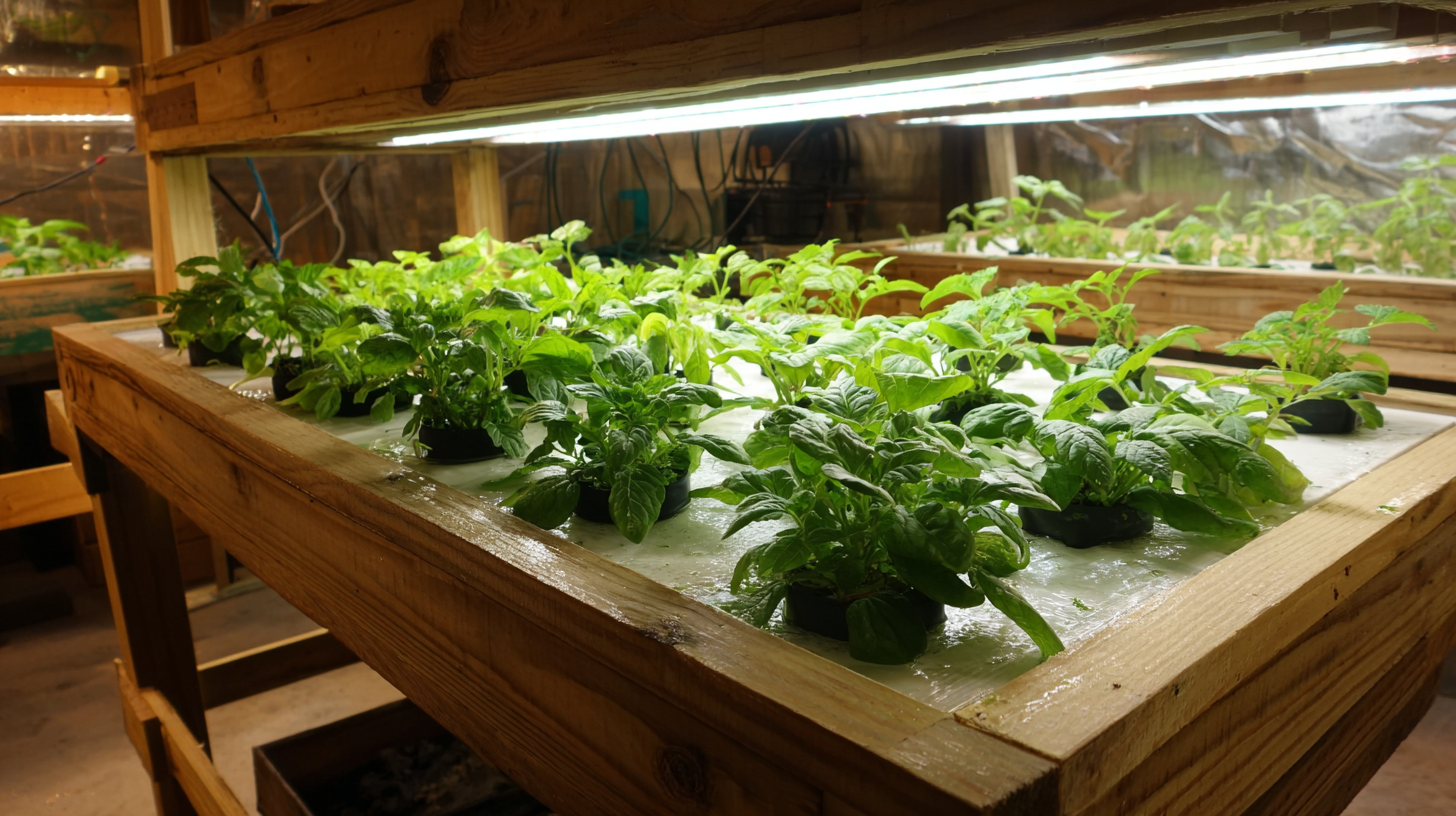
Essential Nutrient Management for Optimal Plant Growth
Maintaining an aquaponics system requires a keen understanding of nutrient management to ensure optimal plant growth. According to a study by Zhu et al. (2021), nutrient availability directly influences plant development, and aquaponics systems must be carefully balanced to avoid deficiencies. Key nutrients such as nitrogen, phosphorus, and potassium play vital roles in photosynthesis, root development, and overall plant health. Regular monitoring of nutrient levels can help growers adjust fish feed and supplement plant nutrients as needed, striking the right balance between fish waste and plant absorption.
Furthermore, a report from the Aquaponics Association highlights that maintaining an ideal pH level between 6.5 and 7.5 is essential for nutrient solubility and uptake. When the pH deviates from this range, plants may suffer from nutrient lockout, where essential elements like iron and magnesium become unavailable. Implementing a robust system for testing and adjusting pH, alongside comprehensive nutrient management practices, can lead to improved biomass yield and crop quality. By understanding the unique interplay between fish and plant nutrients, growers can effectively harness the power of aquaponics to produce thriving plants.
Common Challenges and Solutions for Aquaponics Maintenance
Maintaining an aquaponics system can present several challenges, but understanding these can significantly improve your success rate. One common issue faced by practitioners is water quality management. According to a report by the USDA, maintaining optimal ammonia levels, ideally below 0.5 mg/L, is crucial for fish health and overall system balance. Regular testing and adjustments using biofilters can help in achieving this balance. Implementing a robust monitoring system allows aquaponic farmers to swiftly address water quality fluctuations, reducing the risk of fish stress and ensuring nutrient uptake for plants.
Another challenge is pest management in a closed-system environment. Research conducted by the Aquaponics Association indicates that the introduction of beneficial insects can effectively reduce pest populations without harming the fish or plants. For instance, ladybugs can help manage aphid issues, while nematodes can target harmful soil pests. Additionally, diversifying plant species can create a more resilient ecosystem, making it less attractive to pests. By leveraging integrated pest management strategies, aquaponic growers can foster a healthier environment that supports both aquatic and terrestrial life.
Best Practices for Monitoring Water Quality in Aquaponics
Maintaining optimal water quality is crucial for the success of your aquaponics system. Regular monitoring of pH levels is essential; ideally, you want to maintain a pH between 6.8 and 7.2. Utilize test kits or digital meters that provide accurate readings. Remember, fluctuations in pH can affect both plant absorption and fish health, so it's important to make gradual adjustments if necessary.
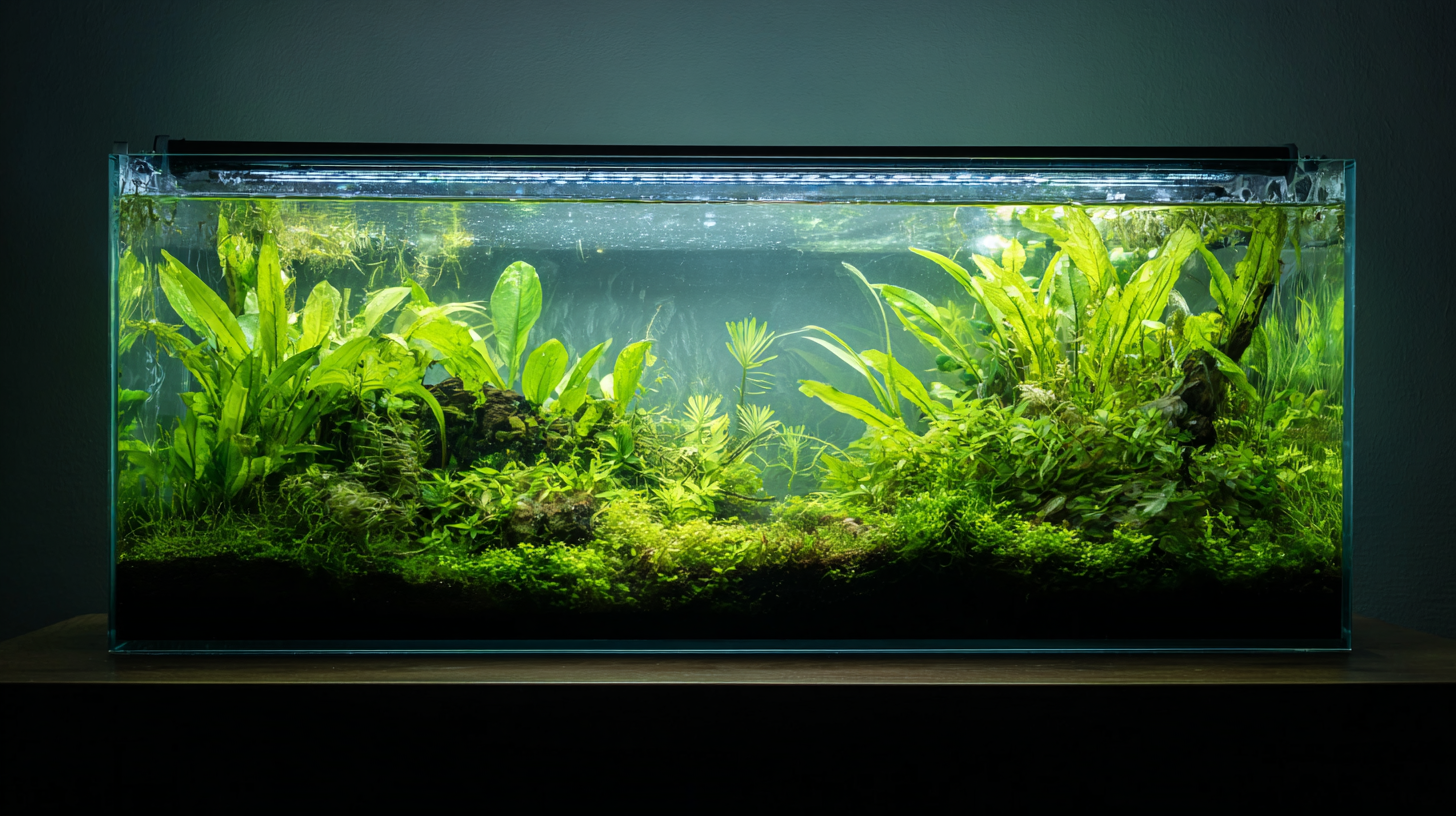
Another key factor is monitoring ammonia and nitrite levels, as these compounds can be toxic to fish. Keep ammonia levels below 0.2 ppm and nitrite levels below 0.5 ppm. Introduce beneficial bacteria into your system to help break down waste and convert harmful substances into less toxic nitrates, which are beneficial for plants. Regular water changes can also help manage these levels effectively.
Lastly, consider installing a filtration system to help maintain clarity and quality. Mechanical filters can remove solid waste, while biofilters will support the growth of essential bacteria. Additionally, keep a log of your water readings to track any trends over time, allowing you to act swiftly to prevent any issues.
Innovative Techniques to Improve Aquaponics System Efficiency
In the pursuit of maximizing efficiency in your aquaponics system, innovative techniques can play a pivotal role in enhancing plant growth and fish health. One highly effective method is the integration of auto-dosing systems for nutrient management. By utilizing electronic sensors to monitor pH levels, ammonia, and nutrient concentrations, you can automate the addition of essential nutrients, ensuring a balanced environment that promotes optimal growth. This tech-driven approach not only saves time but also minimizes human error, leading to a healthier ecosystem.
Another technique gaining traction among aquaponics enthusiasts is vertical farming within aquaponics setups. By strategically placing plants in vertical rows, you can increase your yield in limited space while enhancing light exposure. Coupled with the use of LED growth lights, which can be tailored to specific plant needs, this method leverages both space and energy efficiently. Additionally, incorporating companion planting—growing mutually beneficial plants together—can boost pest control and nutrient uptake, further optimizing the aquaponics system for sustainable productivity.
How to Successfully Maintain Your Aquaponics System for Optimal Growth - Innovative Techniques to Improve Aquaponics System Efficiency
| Technique | Description | Benefits | Frequency |
|---|---|---|---|
| pH Monitoring | Regularly check water pH levels to ensure optimal nutrient availability. | Improves plant growth and nutrient absorption. | Weekly |
| Nutrient Testing | Test for essential nutrients in the water to maintain balance. | Helps in preventing nutrient deficiencies or toxicities. | Bi-weekly |
| Fish Health Monitoring | Observe fish behavior and appearance for signs of health issues. | Ensures healthy fish, which supports plant growth. | Daily |
| System Cleaning | Regularly clean tanks and filters to prevent algae growth. | Maintains water quality and system efficiency. | Monthly |
| Plant Pruning | Trim plants to encourage growth and remove dead leaves. | Promotes better light penetration and airflow. | As needed |
Related Posts
-
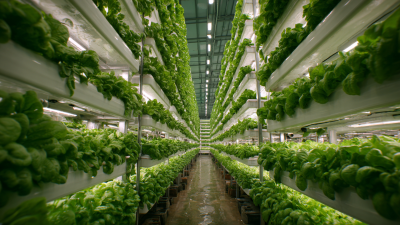
Leading the World in Aquaponics: Unveiling China's Best Export-Quality Systems
-
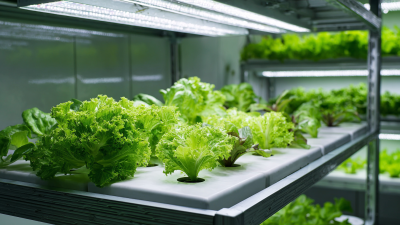
How to Minimize Repair Costs with Excellent After Sales Service for the Best Aquaponics System
-

7 Reasons Why Blackout Greenhouses Are Revolutionizing Controlled Environment Agriculture
-

The Comprehensive Guide to Mastering Light Deprivation Greenhouses for Optimal Growth
-
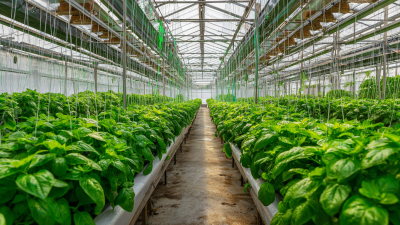
10 Advantages of Best Tunnel Greenhouse in Urban Farming for Higher Yields
-
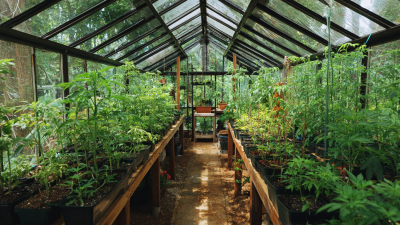
Ultimate Guide to Building Your Own Vegetable Greenhouse for Maximum Yield
